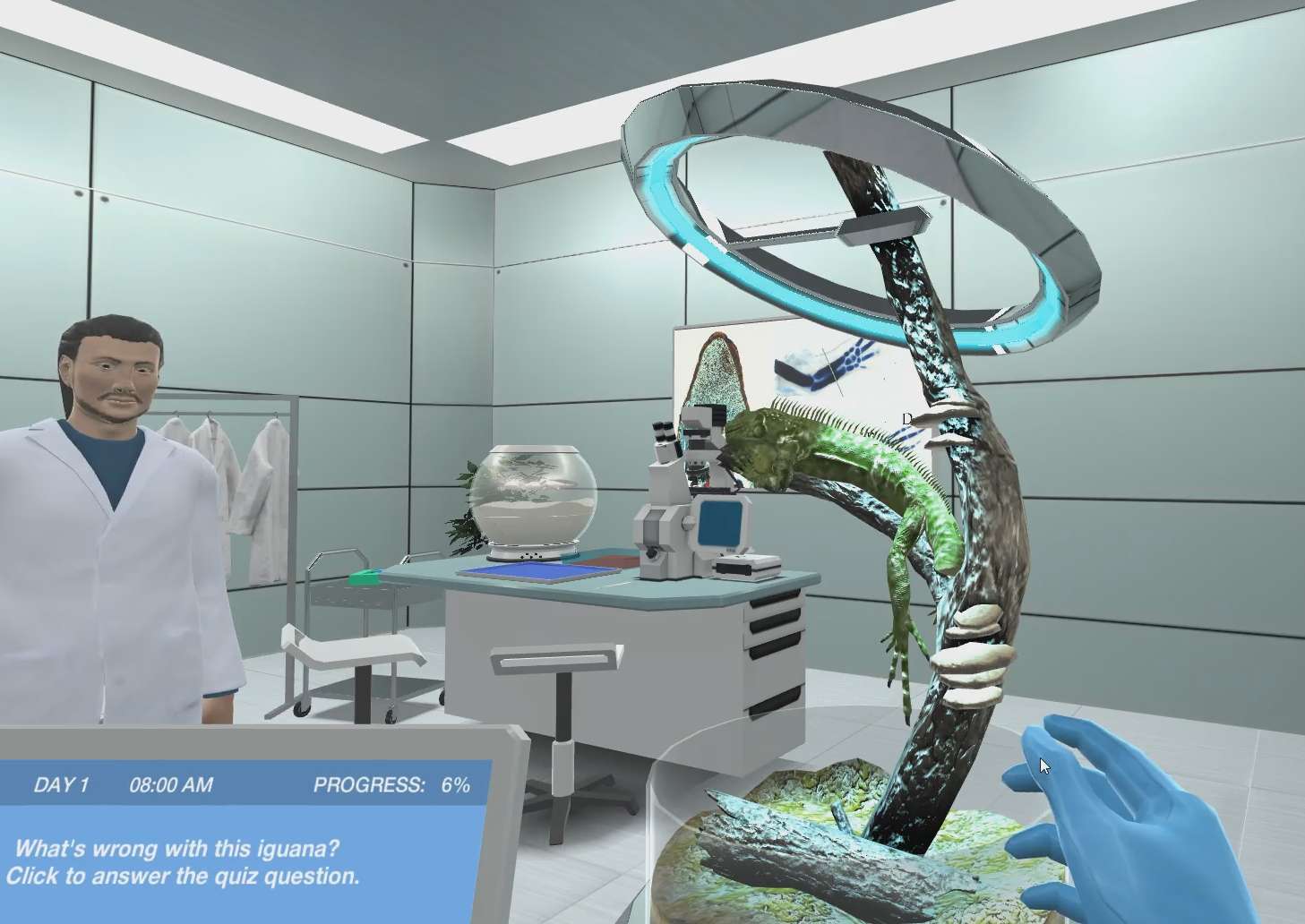Heading 1
Heading 2
Heading 3
Heading 4
Heading 5
Heading 6
Lorem ipsum dolor sit amet, consectetur adipiscing elit, sed do eiusmod tempor incididunt ut labore et dolore magna aliqua. Ut enim ad minim veniam, quis nostrud exercitation ullamco laboris nisi ut aliquip ex ea commodo consequat. Duis aute irure dolor in reprehenderit in voluptate velit esse cillum dolore eu fugiat nulla pariatur.
Block quote
Ordered list
- Item 1
- Item 2
- Item 3
Unordered list
- Item A
- Item B
- Item C
Bold text
Emphasis
Superscript
Subscript
About This Simulation
Check out how some vertebrates are able to regrow entire limbs and explore the cellular mechanisms behind tissue regeneration in cute axolotls using microscopy and fluorescent proteins.
Learning Objectives
- Understand that the ability to regenerate tissues varies throughout vertebrates
- Describe what a blastema is and the cell types that compose this structure
- Understand the concept of positional information in regenerative biology
About This Simulation
Lab Techniques
- Microscopy
- Fluorescent proteins
- Dissection
Related Standards
- No direct alignment
- No direct alignment
- Biology 1.1 Introduction to cells
Learn More About This Simulation
Regeneration sounds like a superpower, but some reptiles and amphibians are perfectly able to regrow entire parts of their bodies. In the Regeneration Biology simulation, you get to dissect axolotls and observe the cells responsible for the restoration of missing limbs under the microscope.
Grasp the cellular mechanisms behind tissue regeneration
You will join Dr. Prometheus in his research to learn why some wounds can regenerate and others cannot, and how it translates into different treatments in a medical ward. You will experiment with axolotls in the Regeneration Biology lab to discover the critical steps required for regeneration to occur and learn about the cellular particularities of the blastema.
Tissue analysis and fluorescent constructs
In the Regeneration Biology lab, you will be able to virtually dissect axolotls and observe the regeneration process in a few minutes instead of weeks. In that way, you can experiment with different conditions, for example suturing a wound, and immediately see how it affects the tissues – all without harming any real animals. Using a microscope, you will also analyze the tissue samples from a regenerating stump to identify the involved cell types. Finally, you will use fluorescent proteins to explore the concept of positional information and its importance in regenerative biology through the creation of mutant axolotls.
Apply the data from axolotls to humans
You will apply your newly acquired knowledge of regeneration biology to understand the current treatments for open wounds and the possibilities for the future of medicine.
Will you be able to figure out why humans cannot regenerate as well as some other vertebrates?
For Science Programs Providing a Learning Advantage
Boost STEM Pass Rates
Boost Learning with Fun
75% of students show high engagement and improved grades with Labster
Discover Simulations That Match Your Syllabus
Easily bolster your learning objectives with relevant, interactive content
Place Students in the Shoes of Real Scientists
Practice a lab procedure or visualize theory through narrative-driven scenarios


FAQs
Find answers to frequently asked questions.
Heading 1
Heading 2
Heading 3
Heading 4
Heading 5
Heading 6
Lorem ipsum dolor sit amet, consectetur adipiscing elit, sed do eiusmod tempor incididunt ut labore et dolore magna aliqua. Ut enim ad minim veniam, quis nostrud exercitation ullamco laboris nisi ut aliquip ex ea commodo consequat. Duis aute irure dolor in reprehenderit in voluptate velit esse cillum dolore eu fugiat nulla pariatur.
Block quote
Ordered list
- Item 1
- Item 2
- Item 3
Unordered list
- Item A
- Item B
- Item C
Bold text
Emphasis
Superscript
Subscript
A Labster virtual lab is an interactive, multimedia assignment that students access right from their computers. Many Labster virtual labs prepare students for success in college by introducing foundational knowledge using multimedia visualizations that make it easier to understand complex concepts. Other Labster virtual labs prepare learners for careers in STEM labs by giving them realistic practice on lab techniques and procedures.
Labster’s virtual lab simulations are created by scientists and designed to maximize engagement and interactivity. Unlike watching a video or reading a textbook, Labster virtual labs are interactive. To make progress, students must think critically and solve a real-world problem. We believe that learning by doing makes STEM stick.
Yes, Labster is compatible with all major LMS (Learning Management Systems) including Blackboard, Canvas, D2L, Moodle, and many others. Students can access Labster like any other assignment. If your institution does not choose an LMS integration, students will log into Labster’s Course Manager once they have an account created. Your institution will decide which is the best access method.
Labster is available for purchase by instructors, faculty, and administrators at education institutions. Purchasing our starter package, Labster Explorer, can be done using a credit card if you are located in the USA, Canada, or Mexico. If you are outside of North America or are choosing a higher plan, please speak with a Labster sales representative. Compare plans.
Labster supports a wide range of STEM courses at the high school, college, and university level across fields in biology, chemistry, physics, and health sciences. You can identify topics for your courses by searching our Content Catalog.















